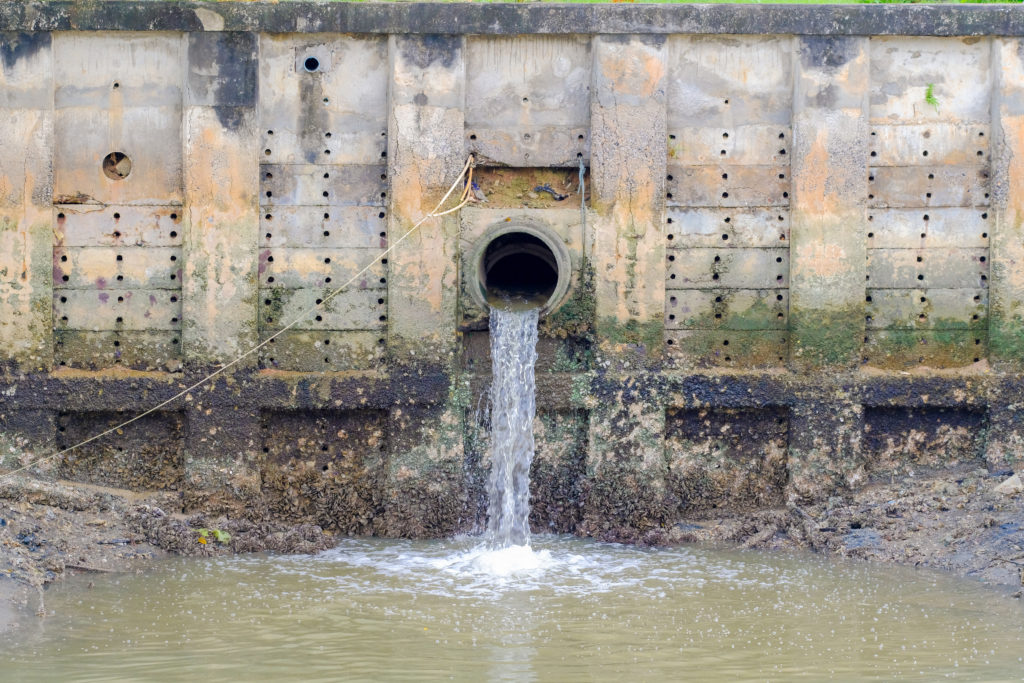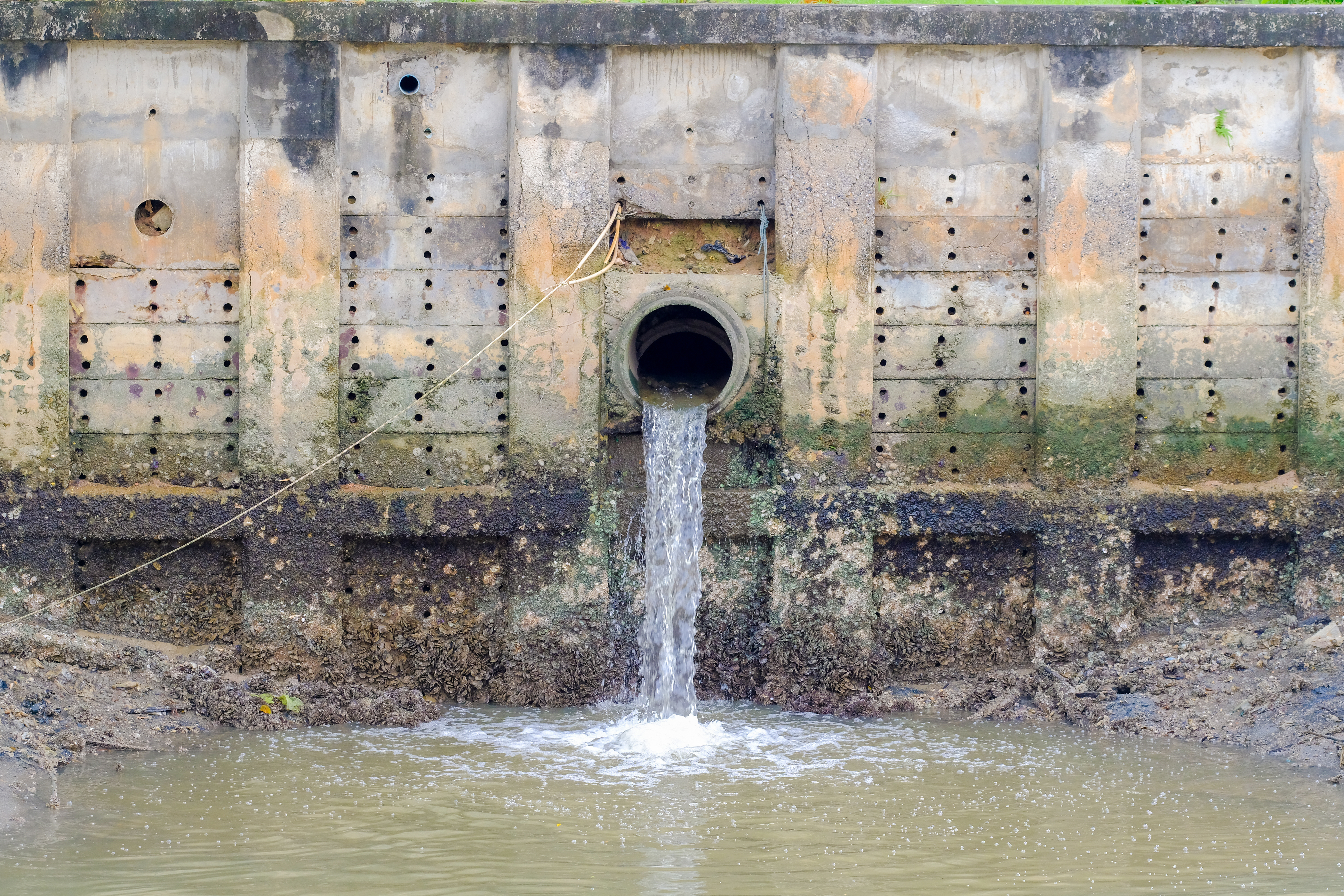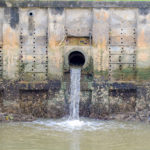This Decision Support System (DSS) is an innovative tool for the sustainable operation of the integrated sewer network and wastewater treatment plant (WWTP). It is based on a series of level and flow sensors within the sewer network, WWTP operation data and accurate flow forecast at the inflow of the WWTP (solution 11). Goal of the DSS is to optimise treatment capacities, pumping strategies and in-sewer flow allocation to make the best use of existing infrastructure for stormwater handling.
Challenges
Increasingly stringent environmental and economic regulations, constantly growing cities and the general need for adaptation to climate change put pressure on utilities to find new ways of optimising the sewer system across its many shareholders.

Integrated urban water management is imperative in this context to reduce adverse impacts on surface waters and minimise future investment costs. In particular, real-time control provides a range of alternative strategies for the integrated management of sewer networks and WWTPs. It can support the reduction of flooding and environmental impacts and enhance the capacity of the treatment plant by defining different operation schemes for dry- and wet-weather situations. Real-time control relies mainly on the availability of reliable flow forecasts in order to optimise the operation of the WWTP and manage in-sewer retention capacities.
Limitations of current practices
Integrated real-time control has already been successfully tested in several EU utilities to mitigate combined sewer overflow (CSO), environmental contamination, energy consumption and flood risk. The resilience of sewer networks and WWTPs can benefit greatly from fully integrated management of the infrastructures.
However, in practice the potential of real-time control is often hampered by the lack of interoperability between systems and stakeholders, with the result that few utilities have fully implemented real-time control strategies for managing the integrated water cycle – that is, the sewer system, WWTP and rivers.
Several solutions exist for monitoring and controlling WWTP processes including specific measures for stormwater control. Existing commercial systems focus on WWTP only but are not fully interoperable with sewer management systems and do not allow real-time integrated control of both sewer and WWTP processes.
Innovation
The DSS provides a fully interoperable platform including WWTP and sewer system data and models. It develops advanced real-time control strategies for the WWTP and sewer system under different operational conditions, such as switching between dry- and wet-weather flow operation of the WWTP based on short-term inflow forecasts and management of in-sewer retention capacity, and emptying retention basins based on long-term inflow forecasts. The solution supports decision making, taking into account sensors and modelling uncertainties. It is available in both online (real-time) and offline versions.
City tests
The sewer flow forecast toolbox is deployed in Copenhagen in the catchment to the WWTP Damhusåen, covering an area of approximately 55 km² and six municipalities (Copenhagen, Frederiksberg, Gladsaxe, Herlev, Rødovdre and Hvidovre).

The catchment’s sewer system is mainly combined (85%), with ca. 160,000 m³ established storage volume and ca. 86 combined sewer overflows across the catchment, representing 45% of all overflows in the BIOFOS catchment area (ca. 350 km²). The utilities in charge of operating the sewer system are HOFOR, NOVAFOS and Frederiksberg, while BIOFOS is in charge of operating the WWTP. Runoff in the catchment is primarily transported by gravitational forces, and control options are limited. Inflow to the WWTP can be as high as 28,000 m³/ hour while the plant’s biological treatment capacity is limited to 10,000m³/ hour. This leads to frequent bypass events, on average more than 75 times per year, with untreated sewage spilled to the surface waters.
Contact solution
DHI – Copenhagen – Sten Lindberg : sl@dhigroup.com
BIOFOS – Carsten Thirsing : ct@biofos.dk
BIOFOS – Barbara Greenhill : bg@biofos.dk
BIOFOS – Dines Thornberg : dt@biofos.dk



